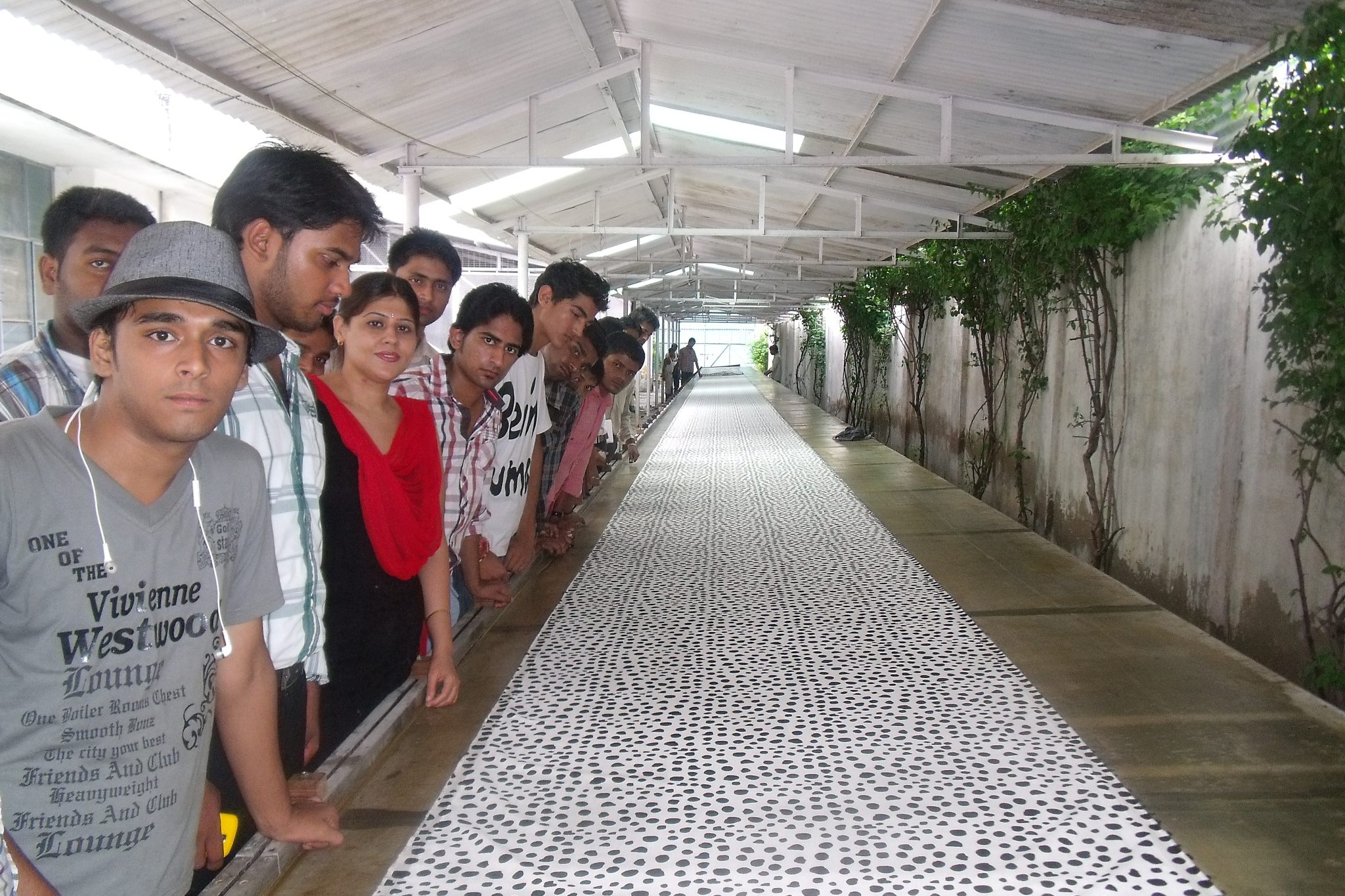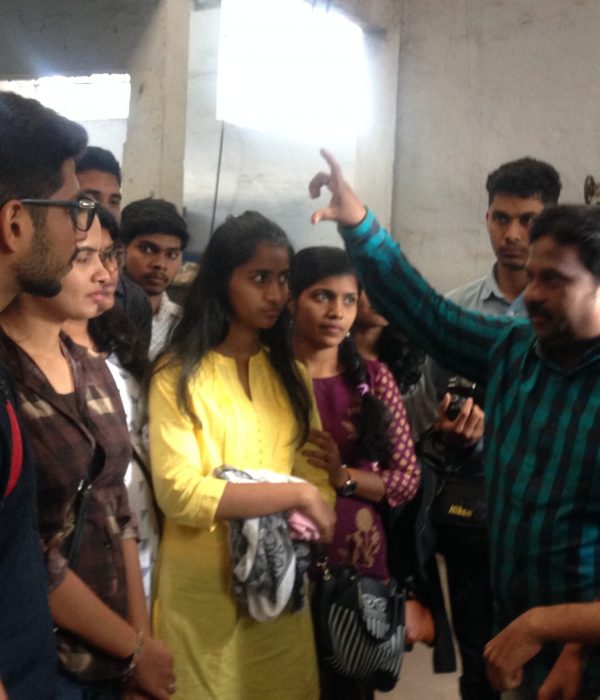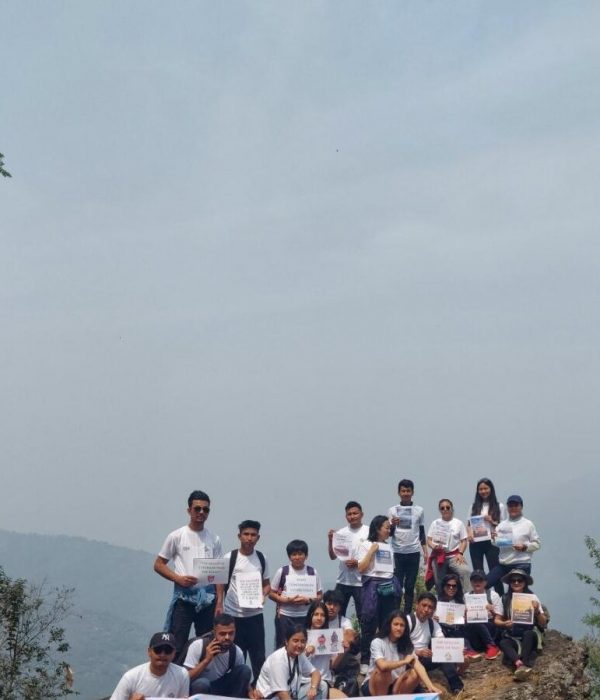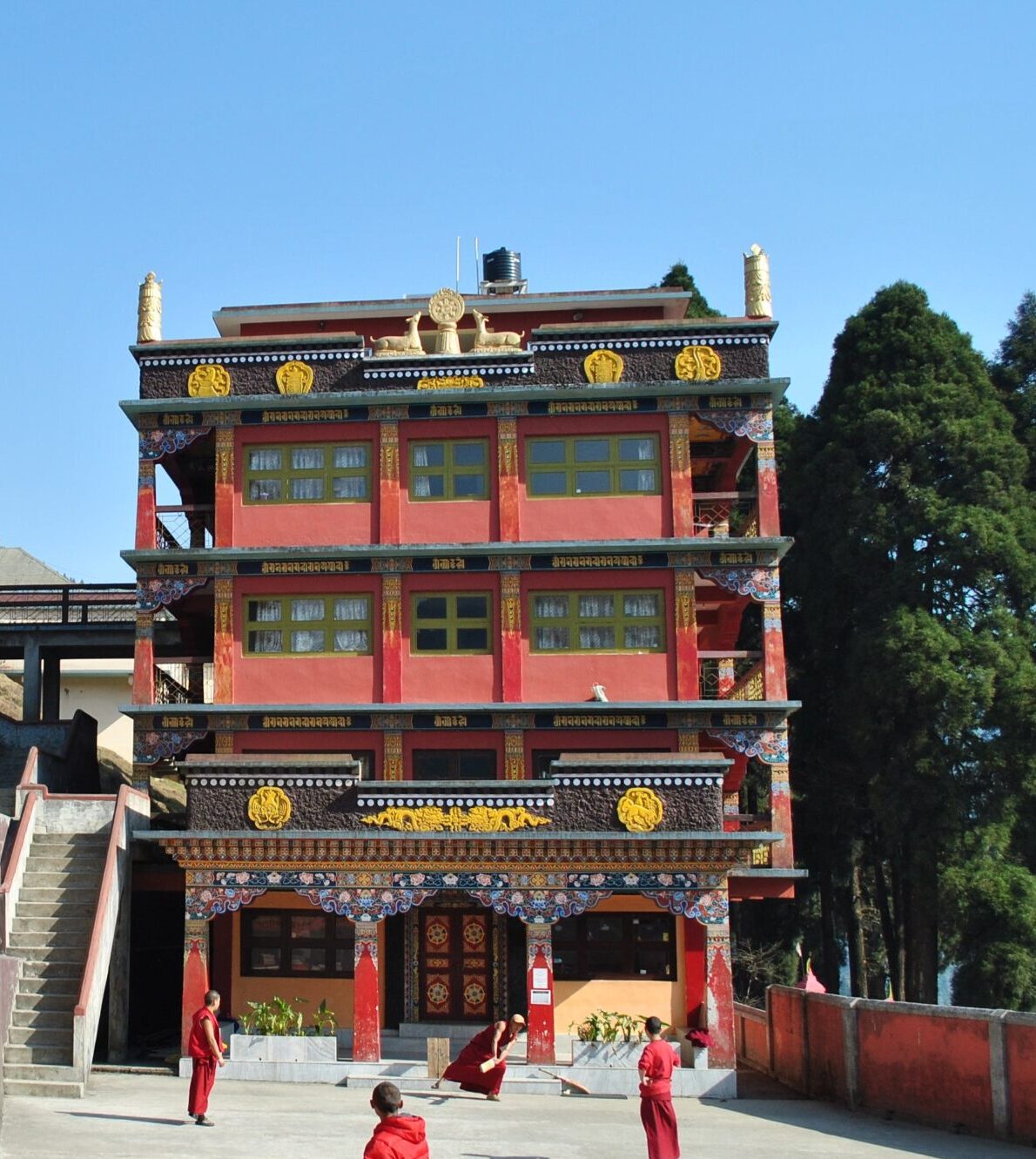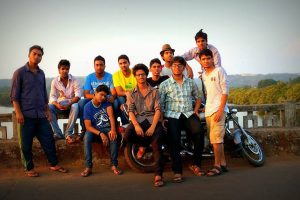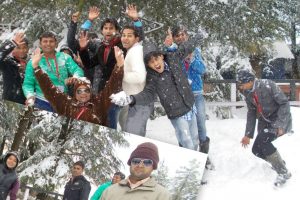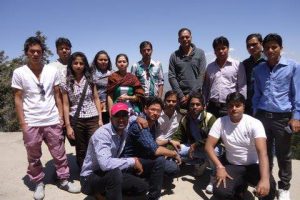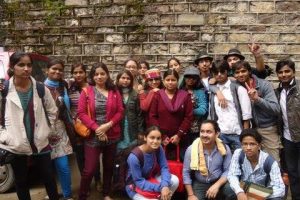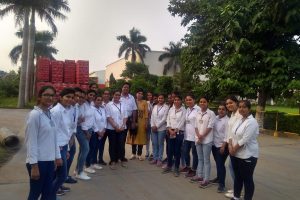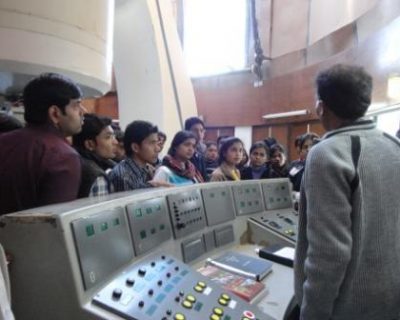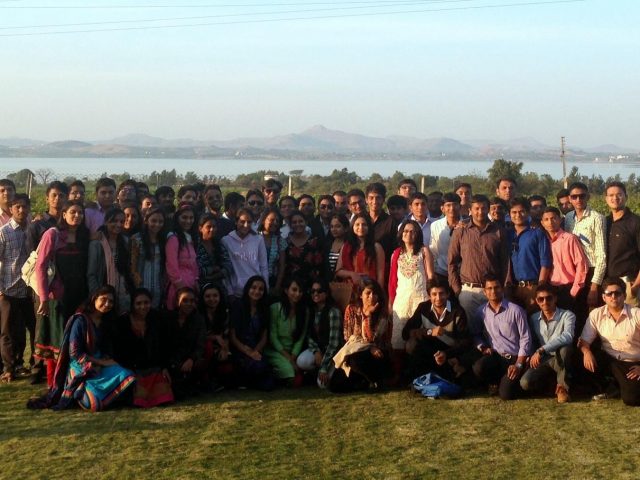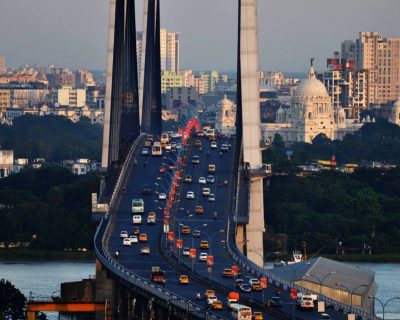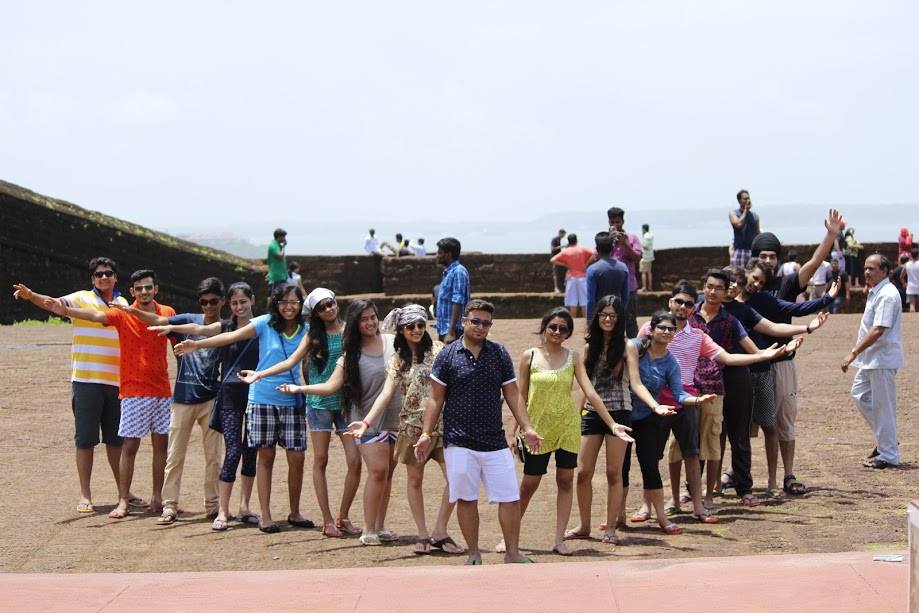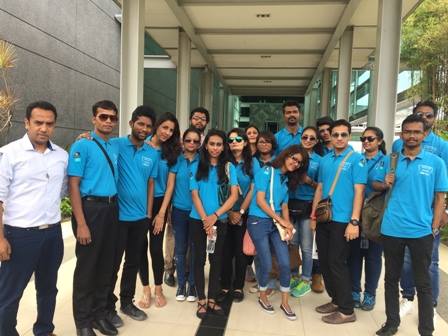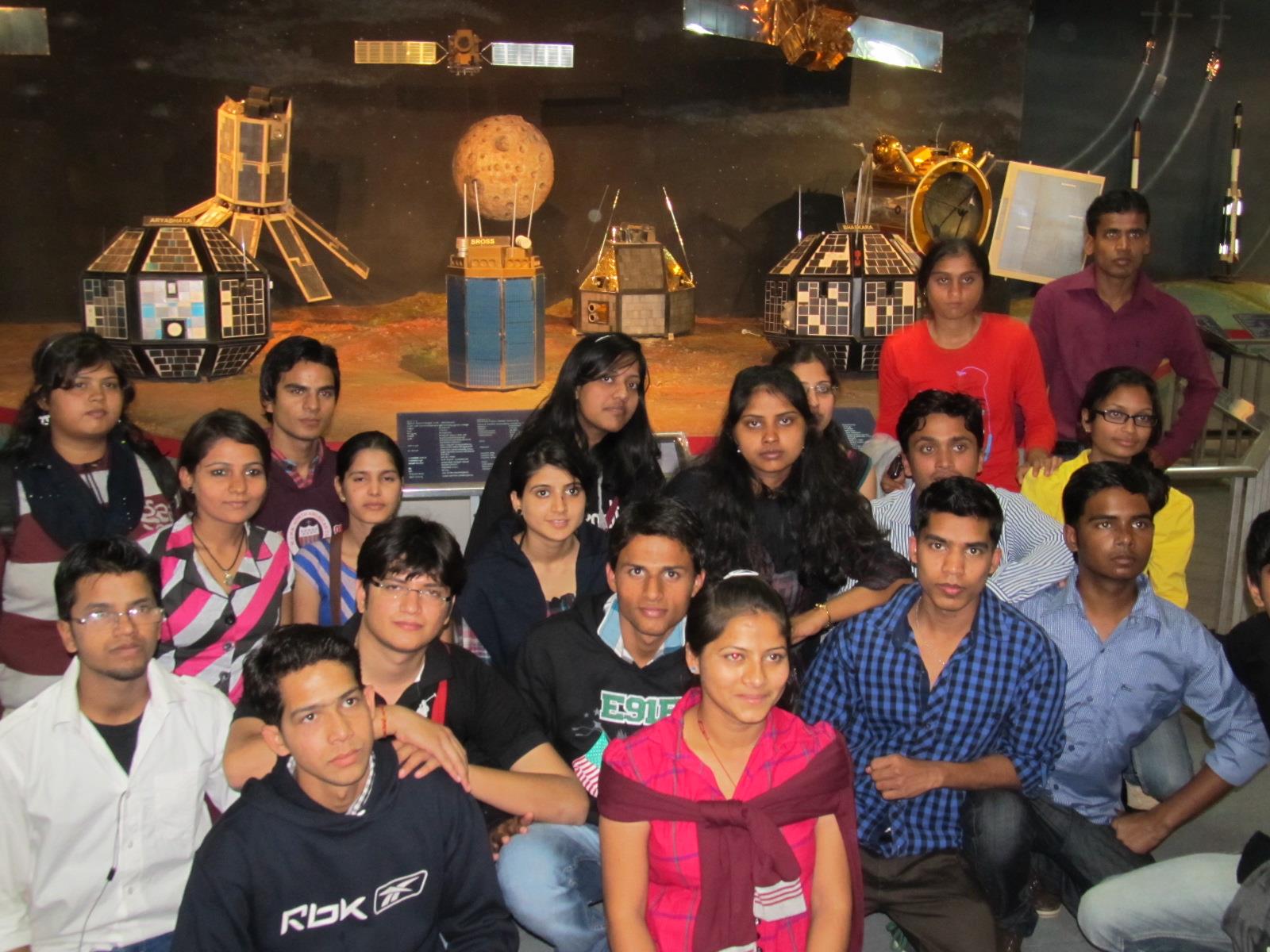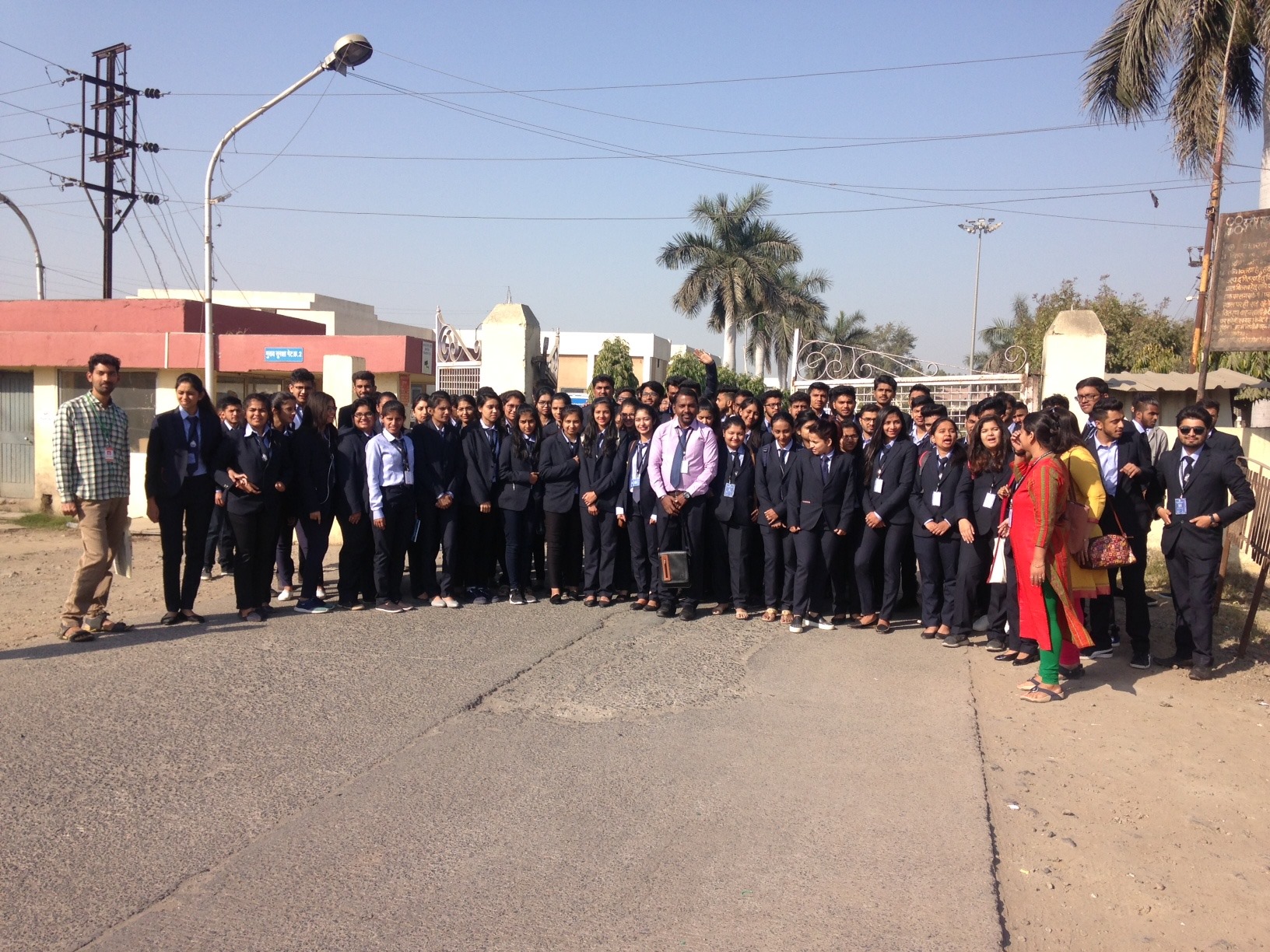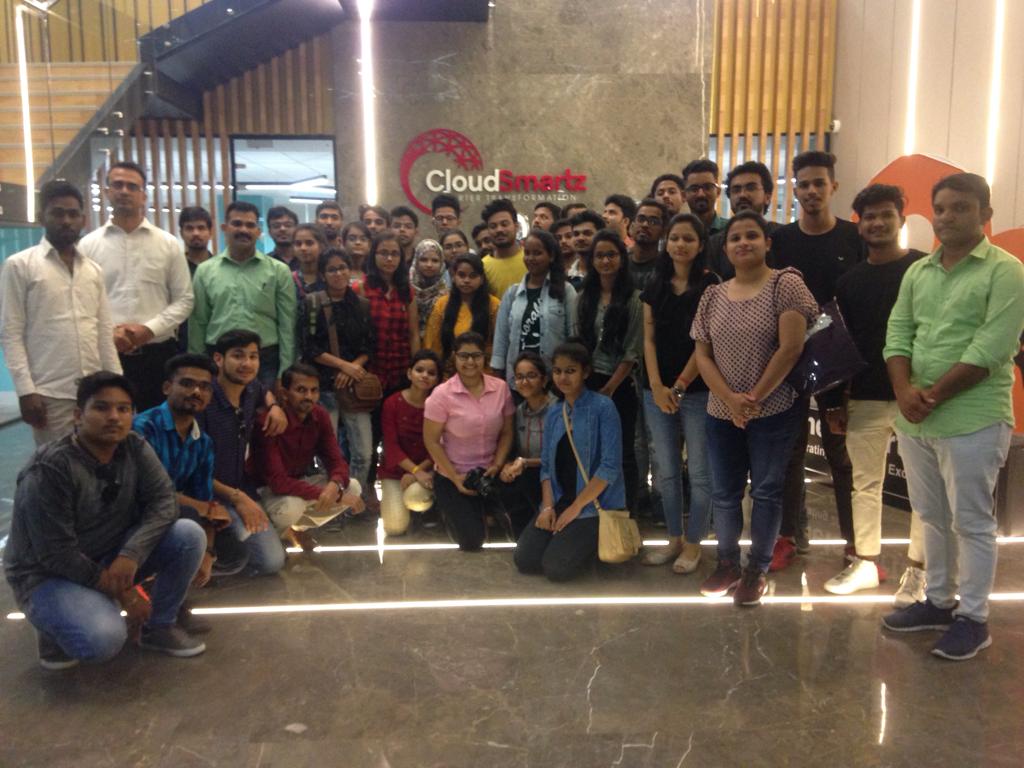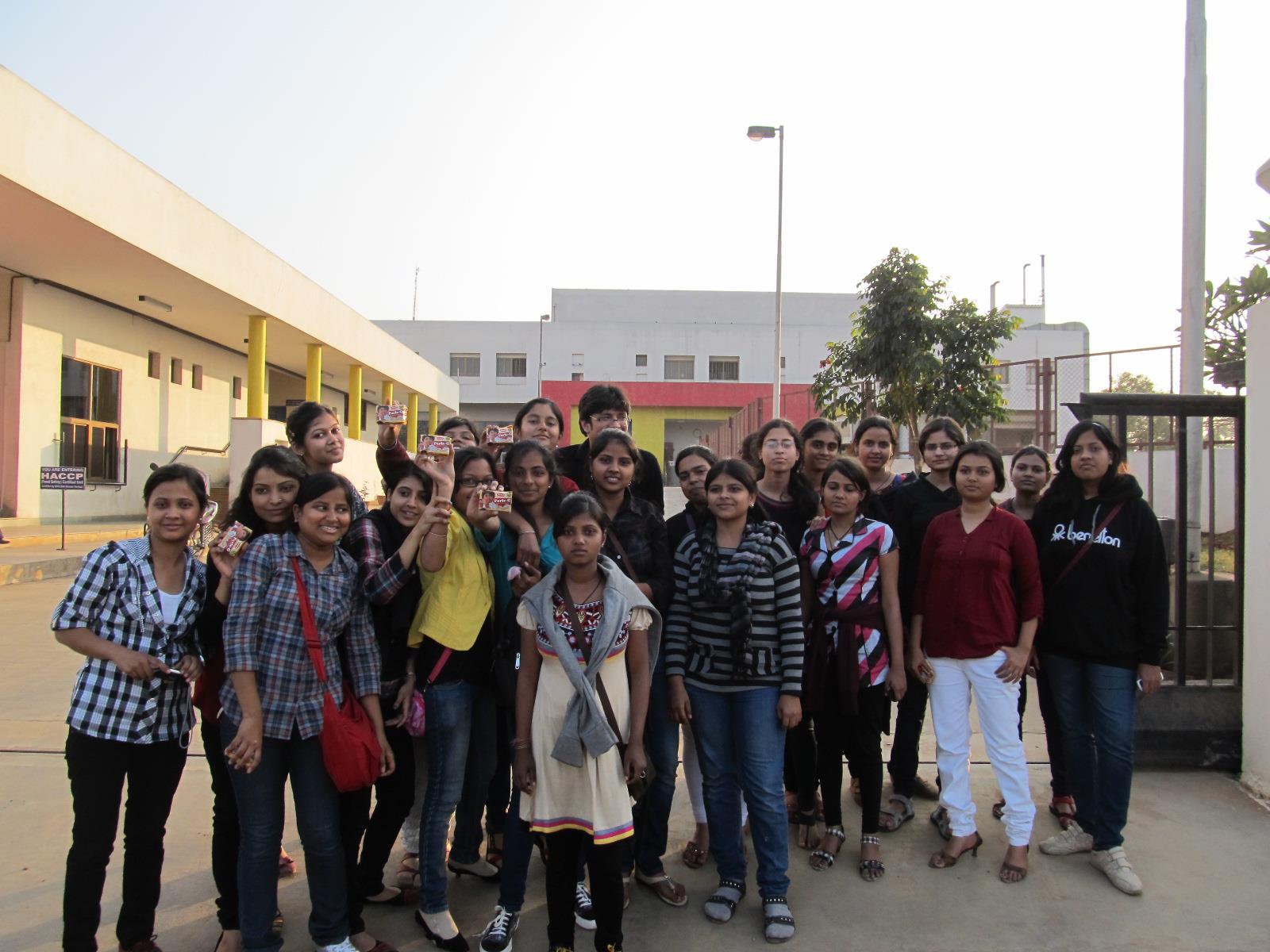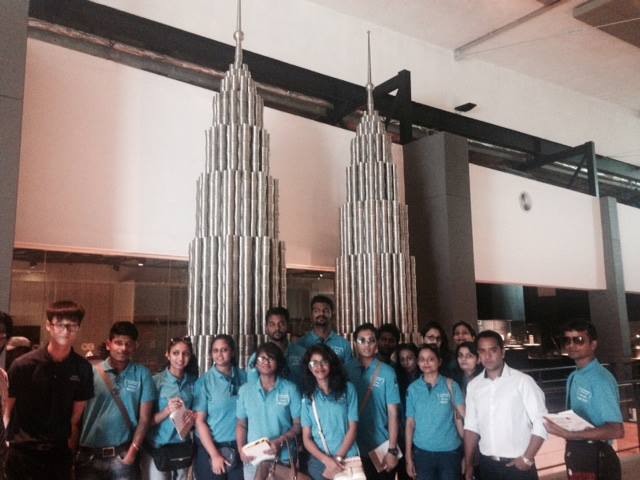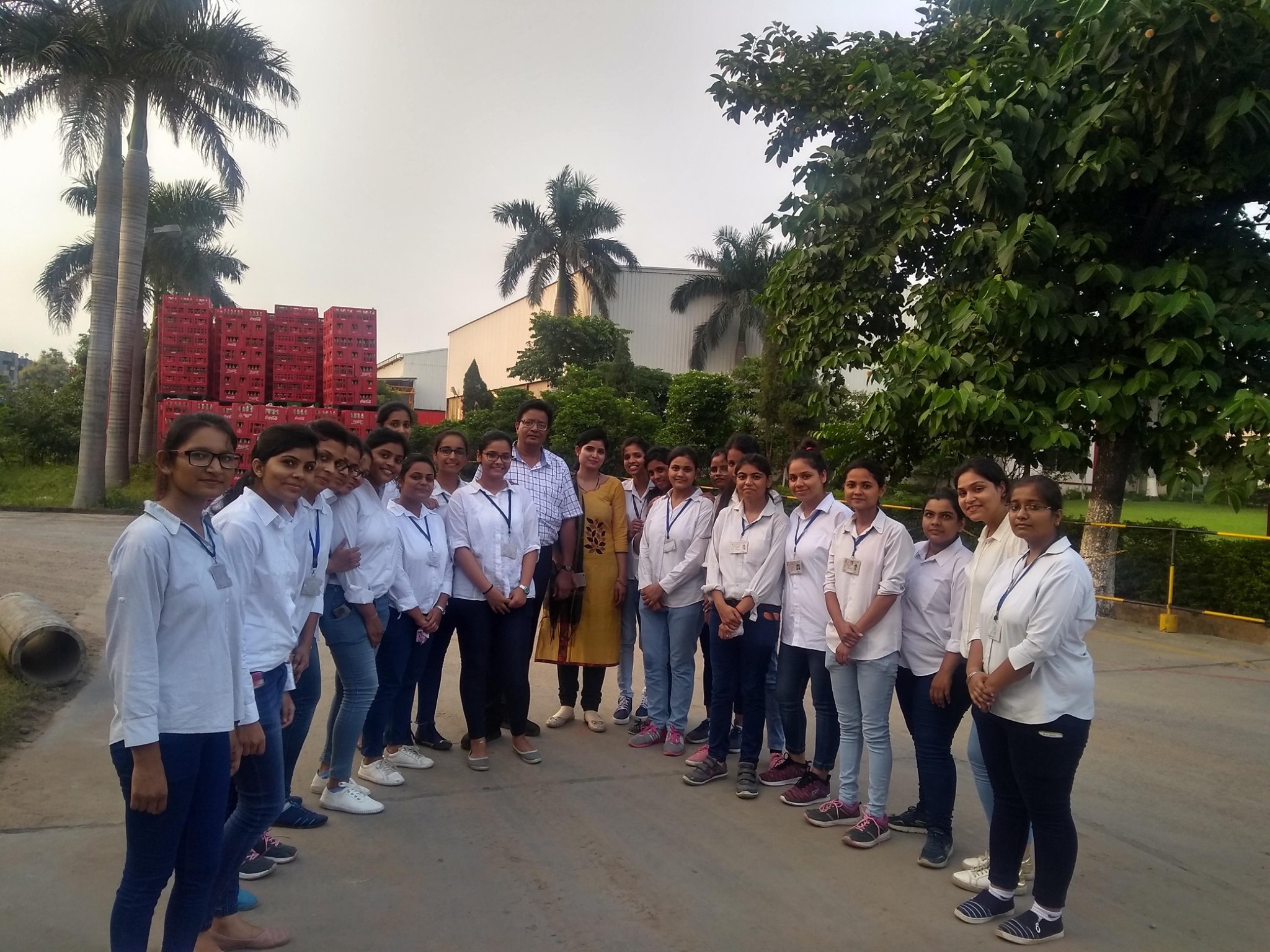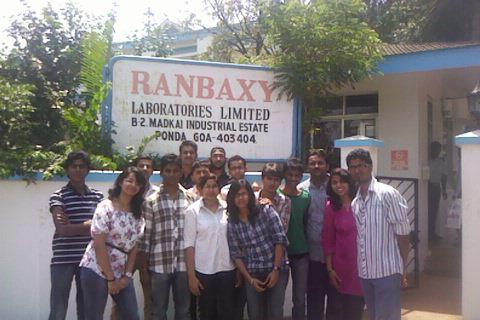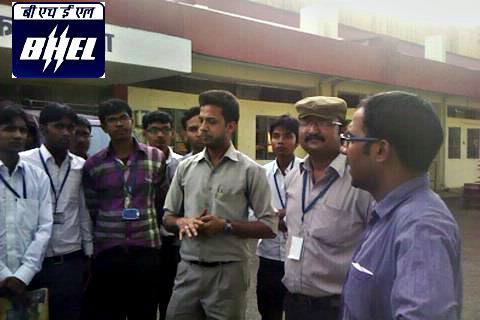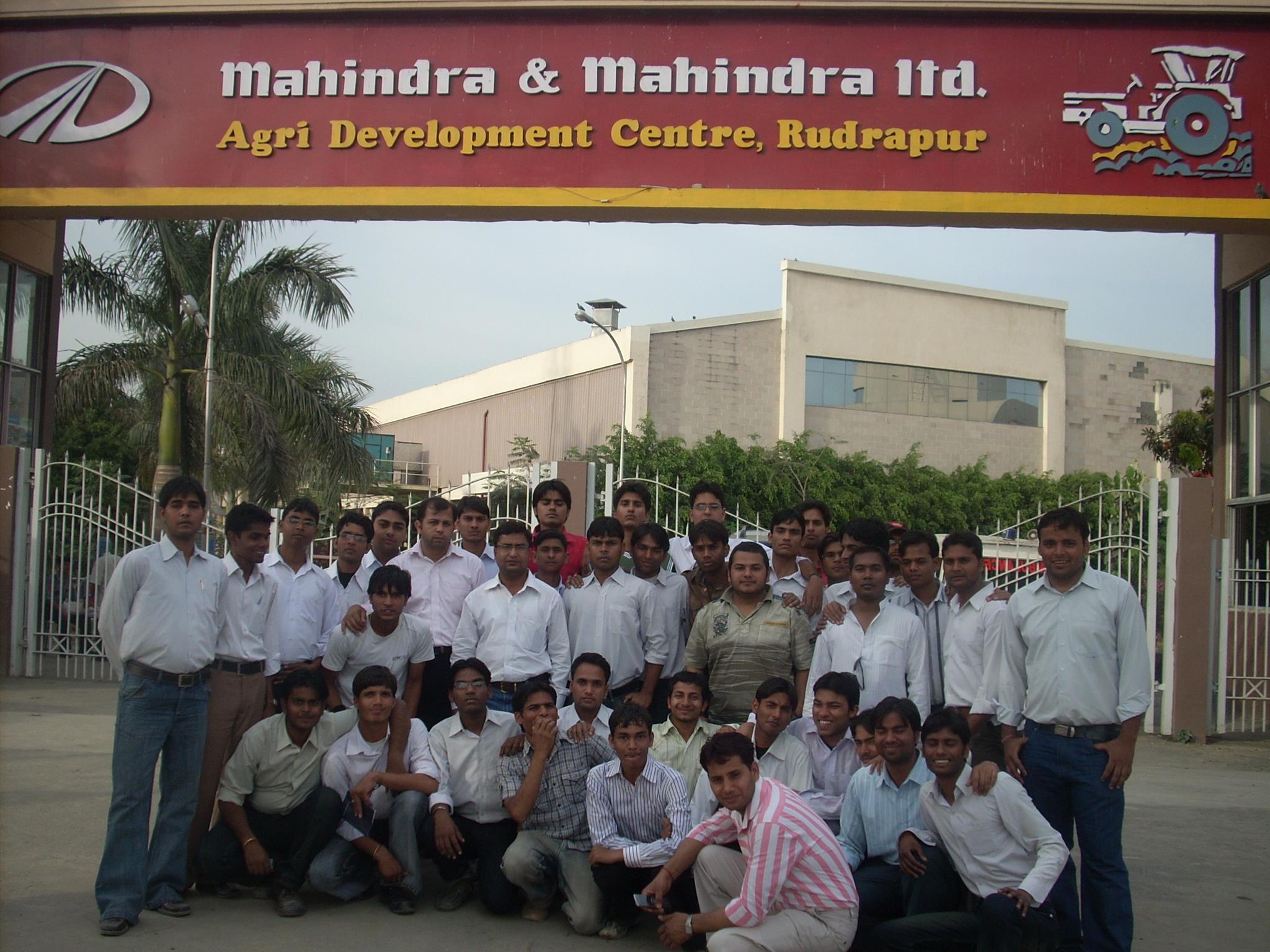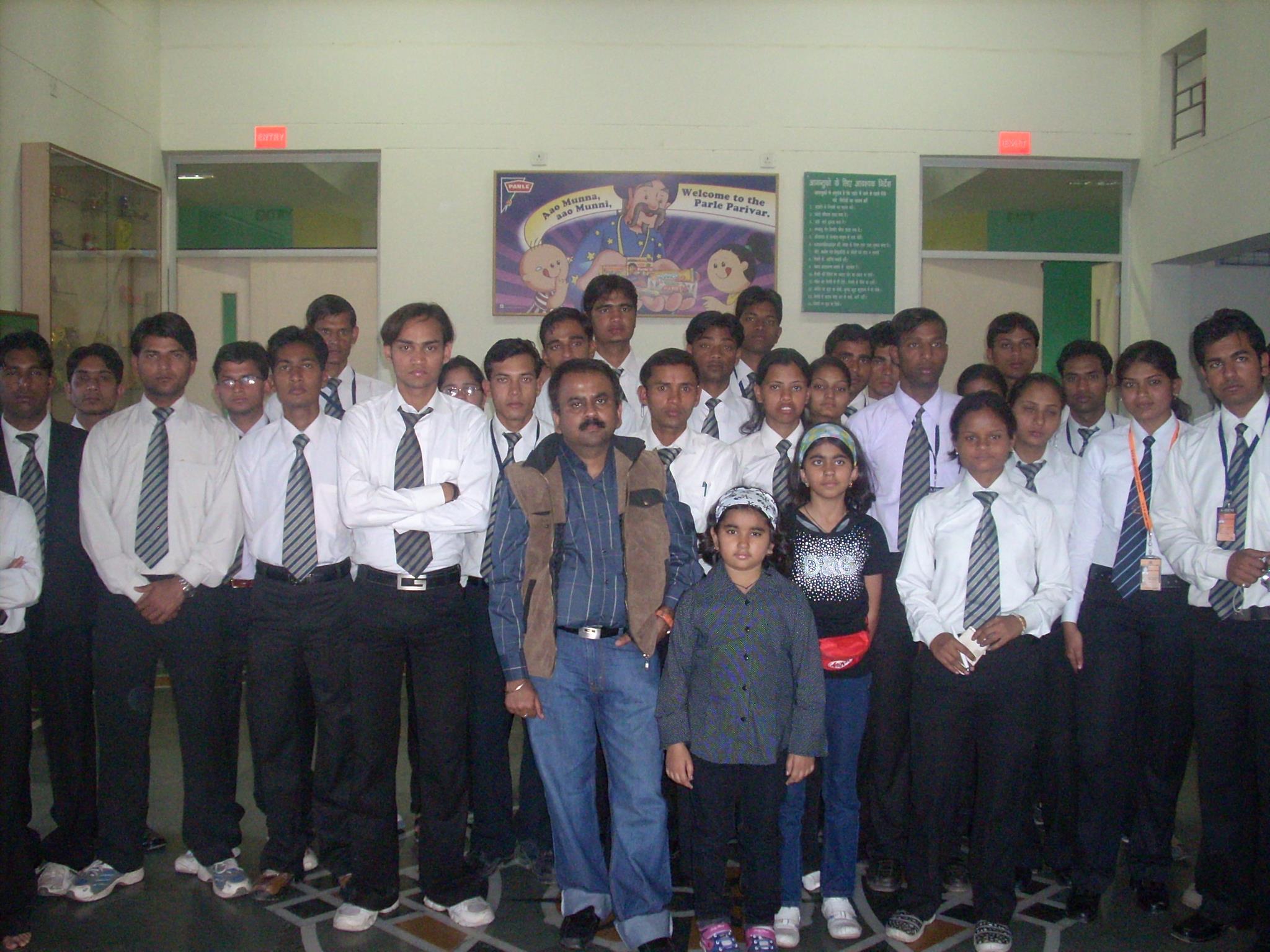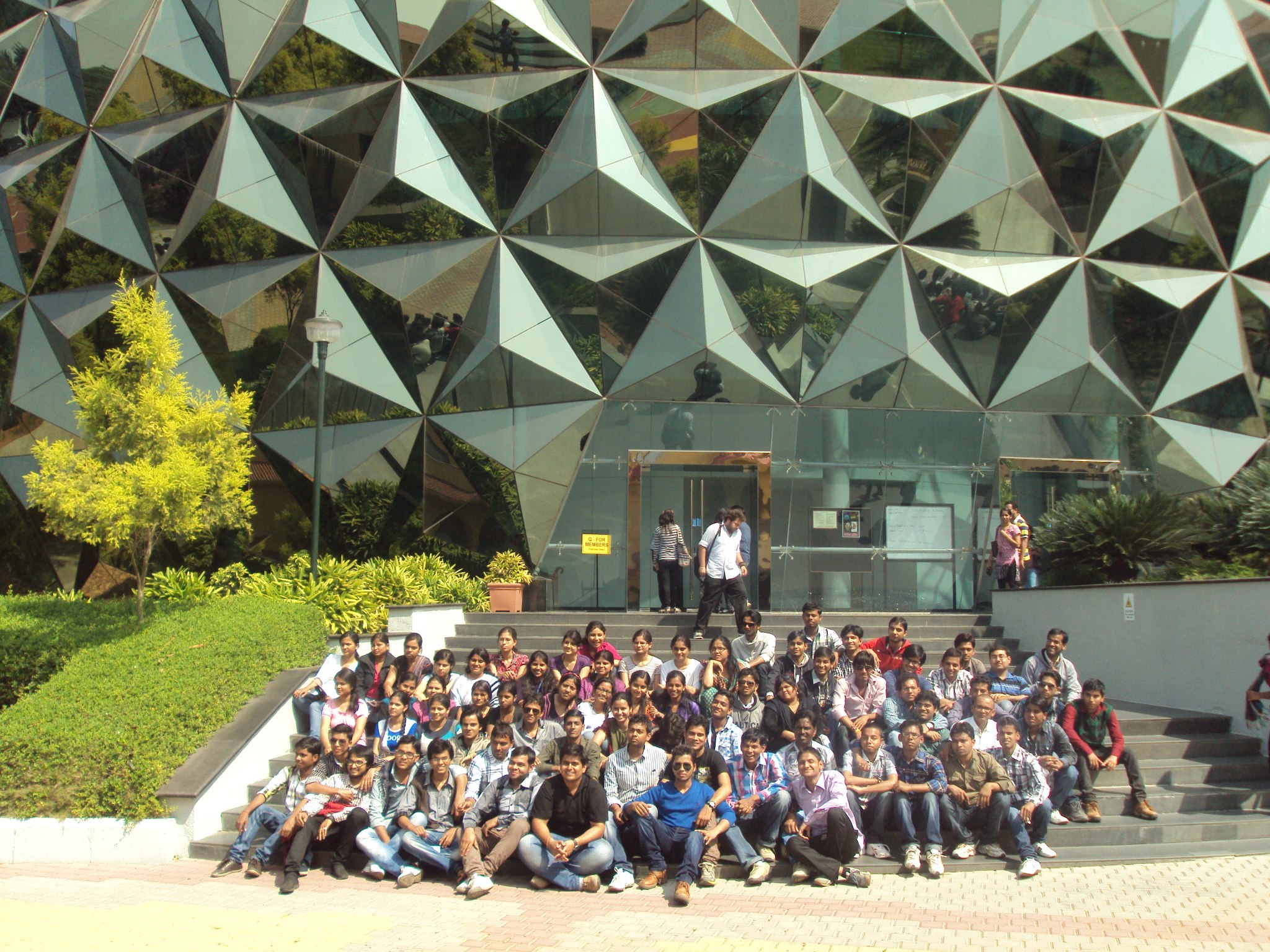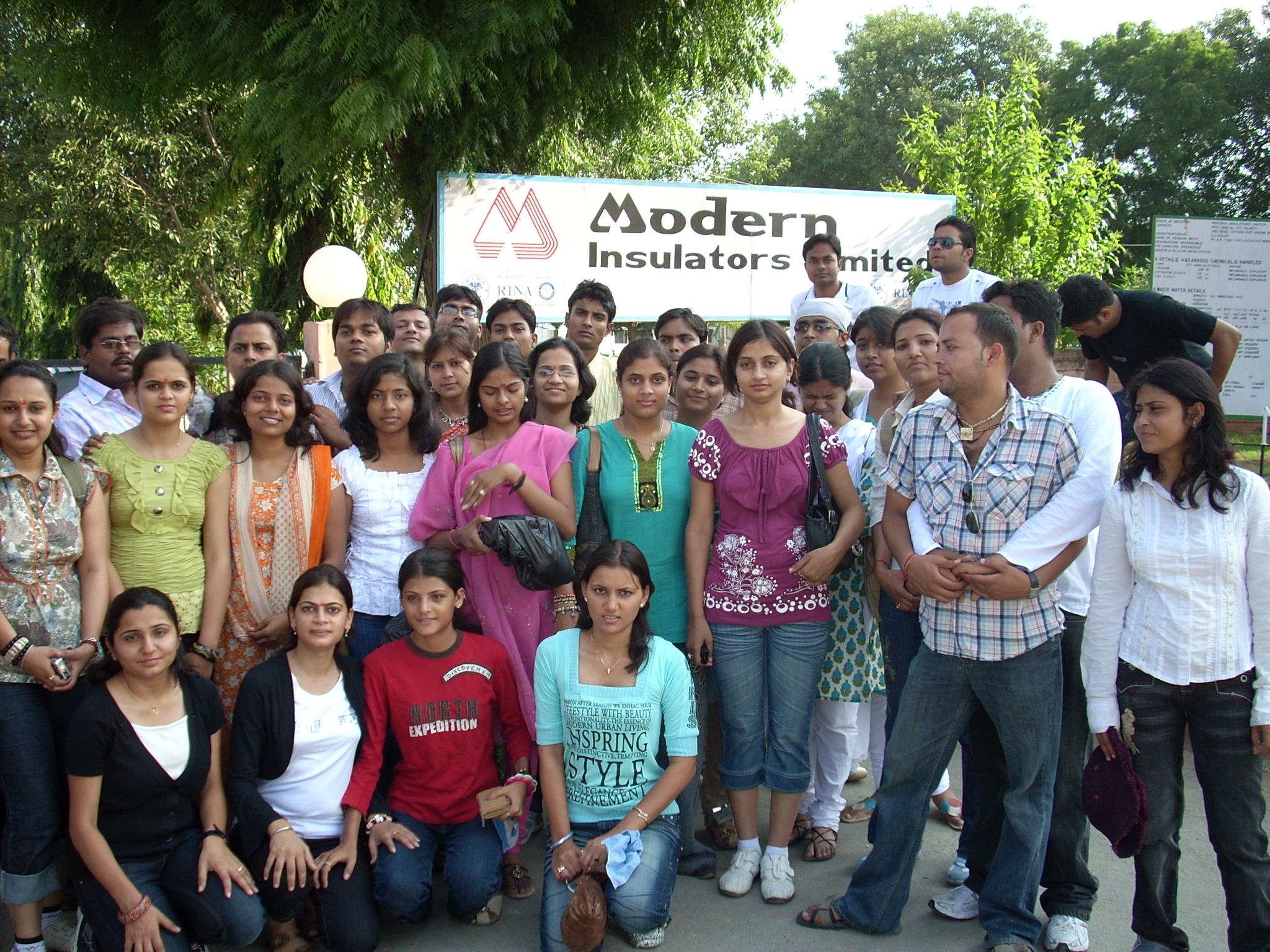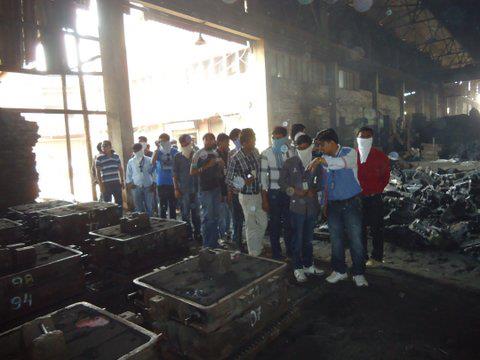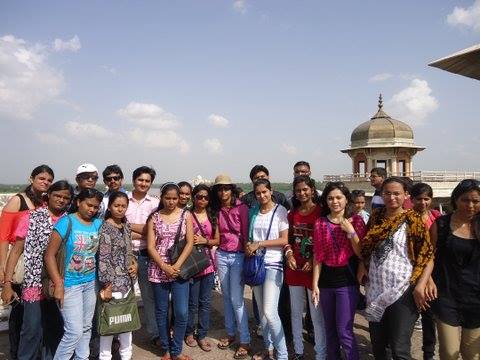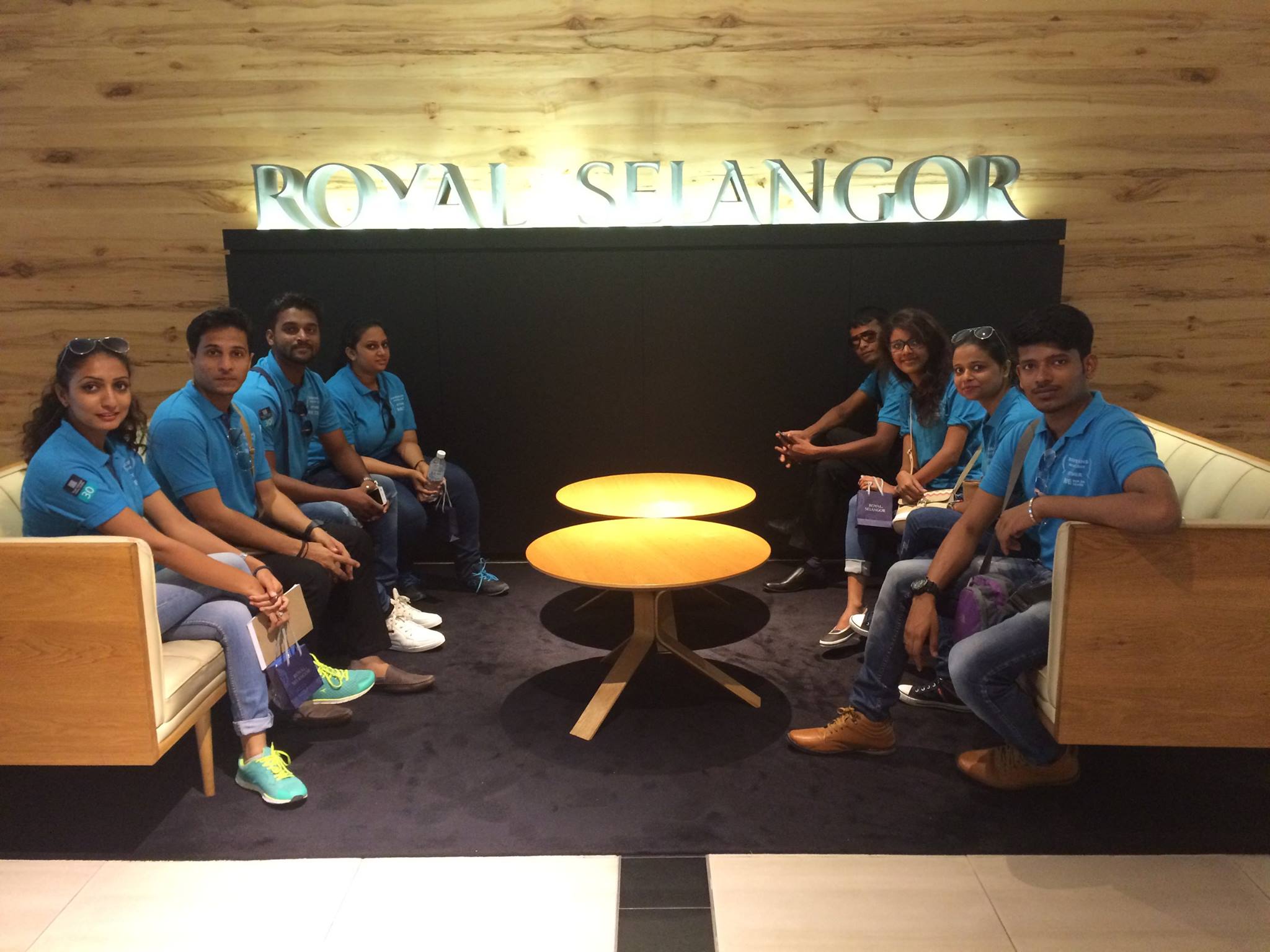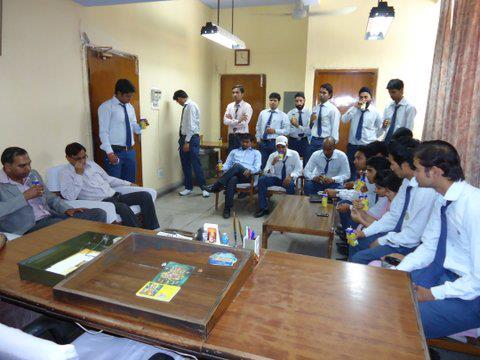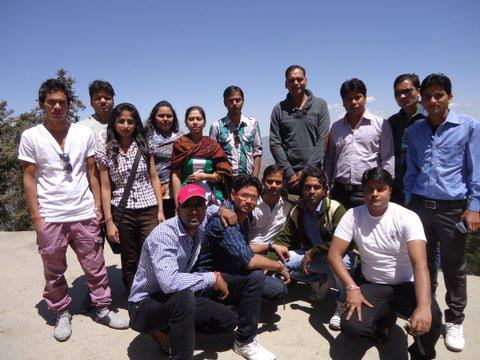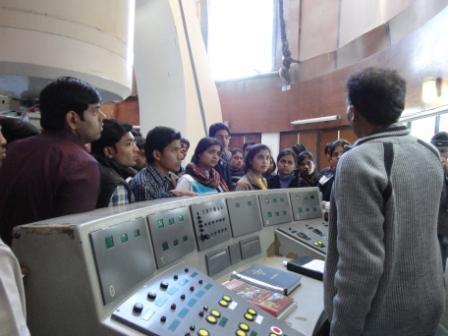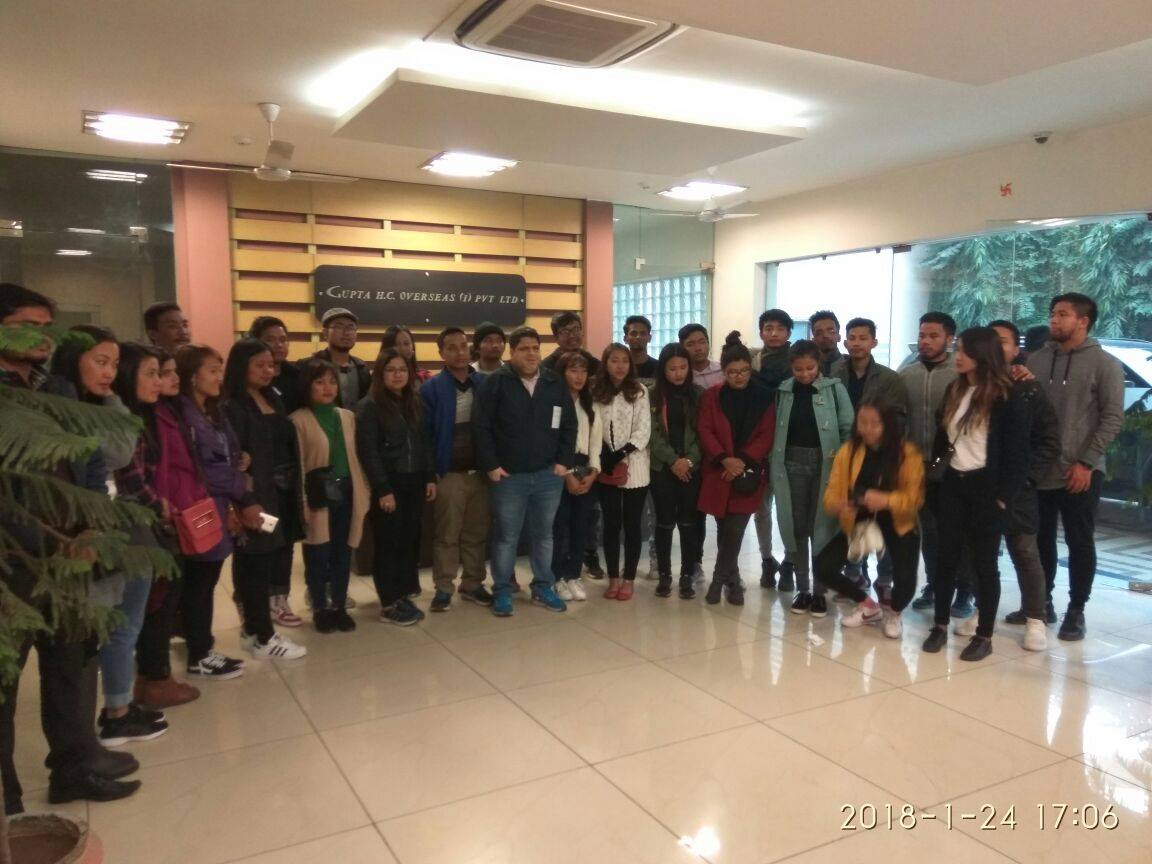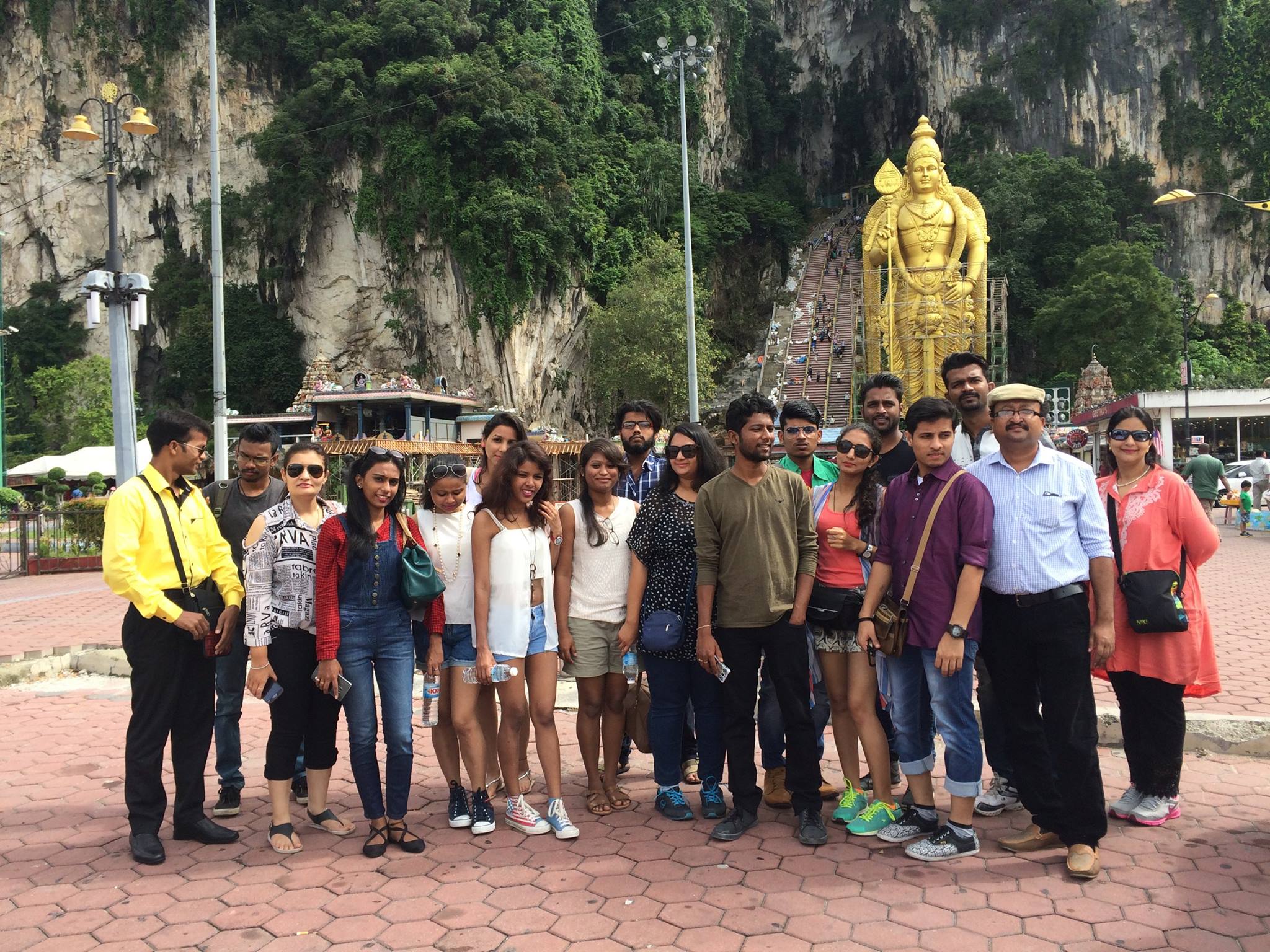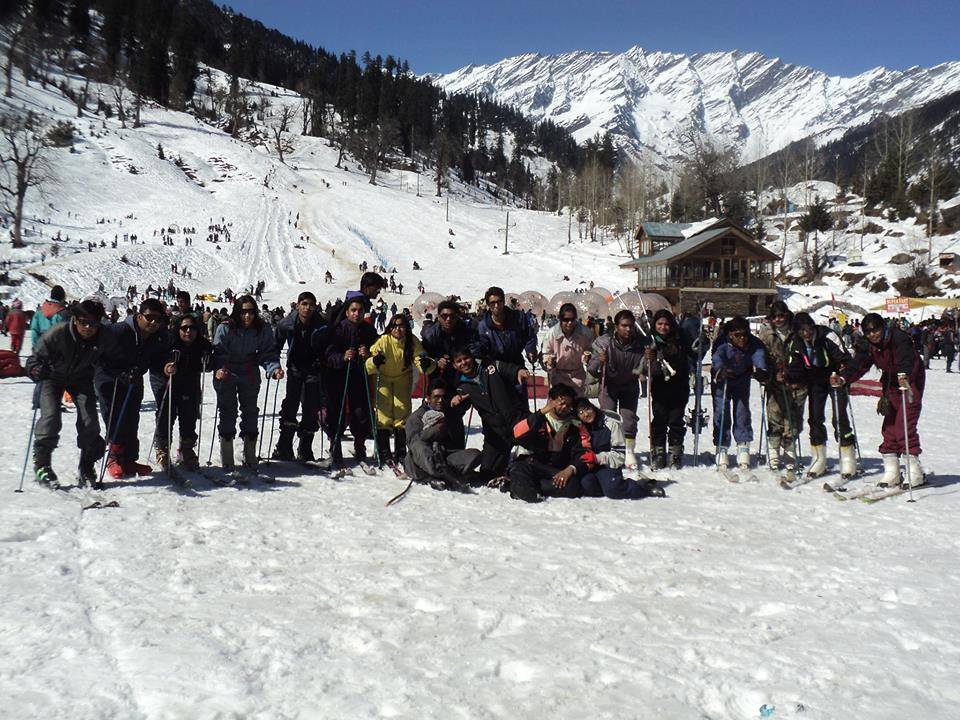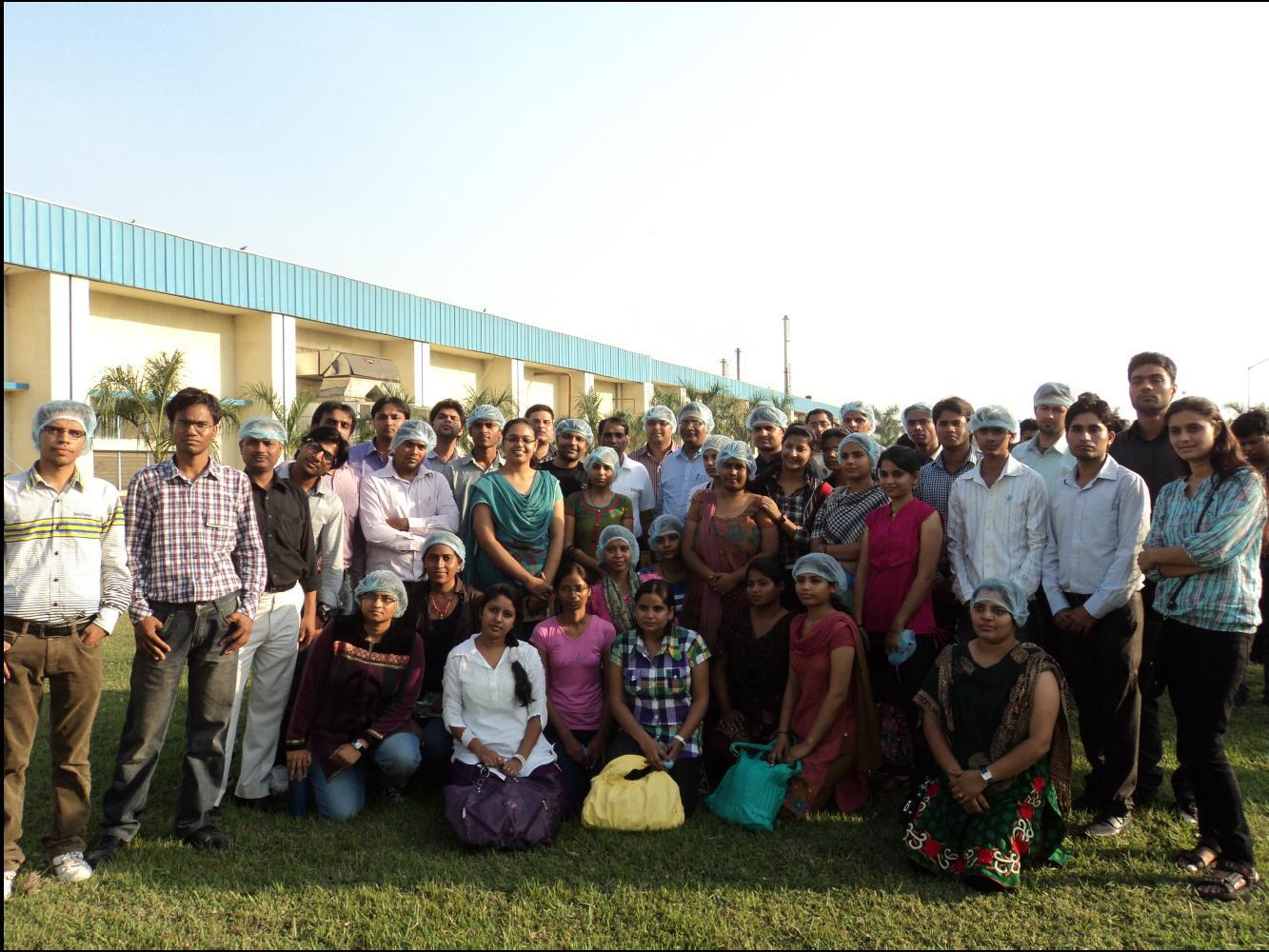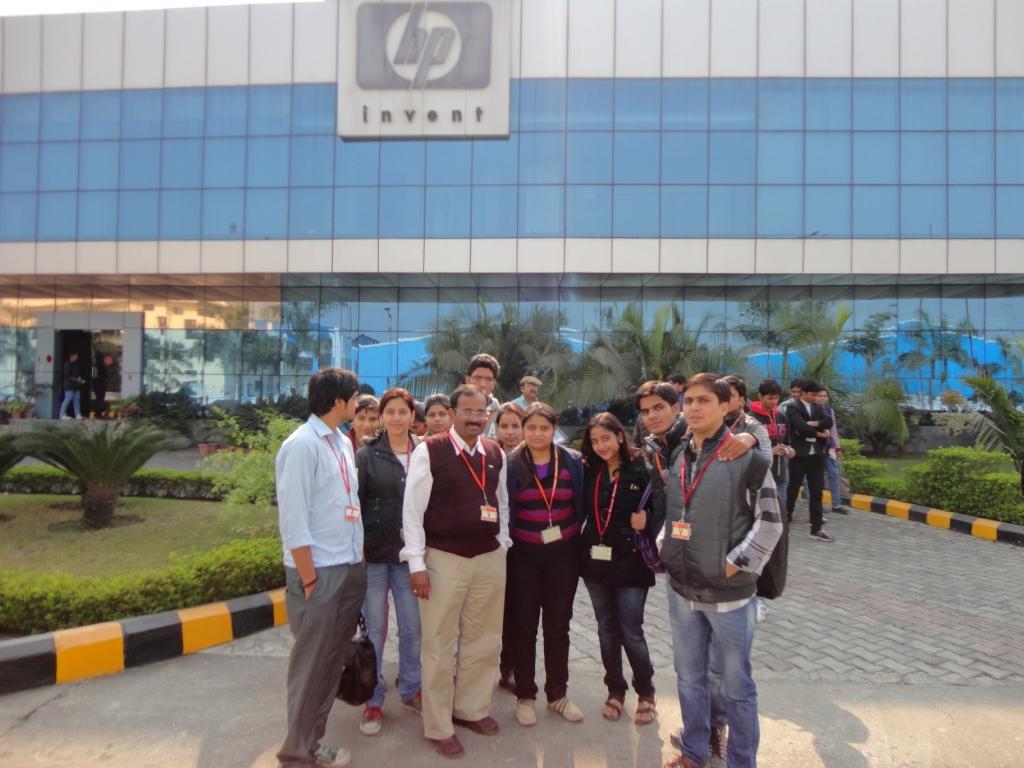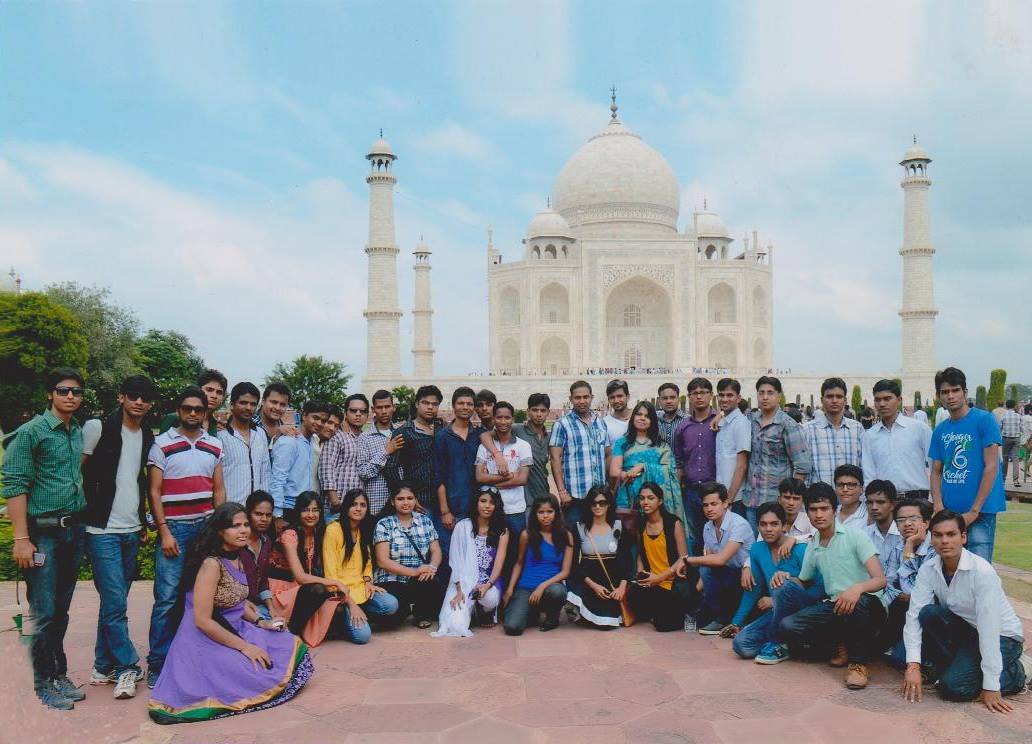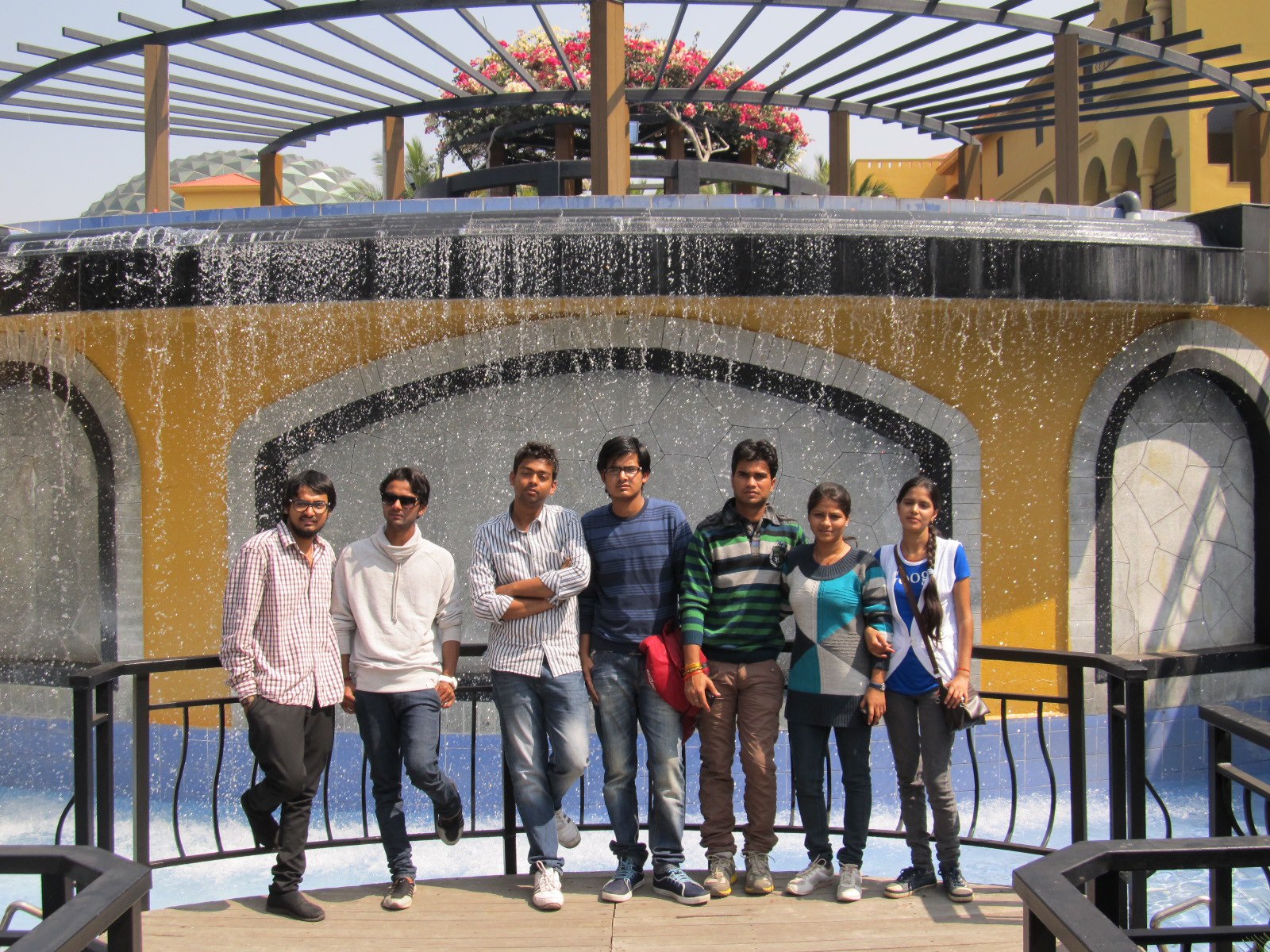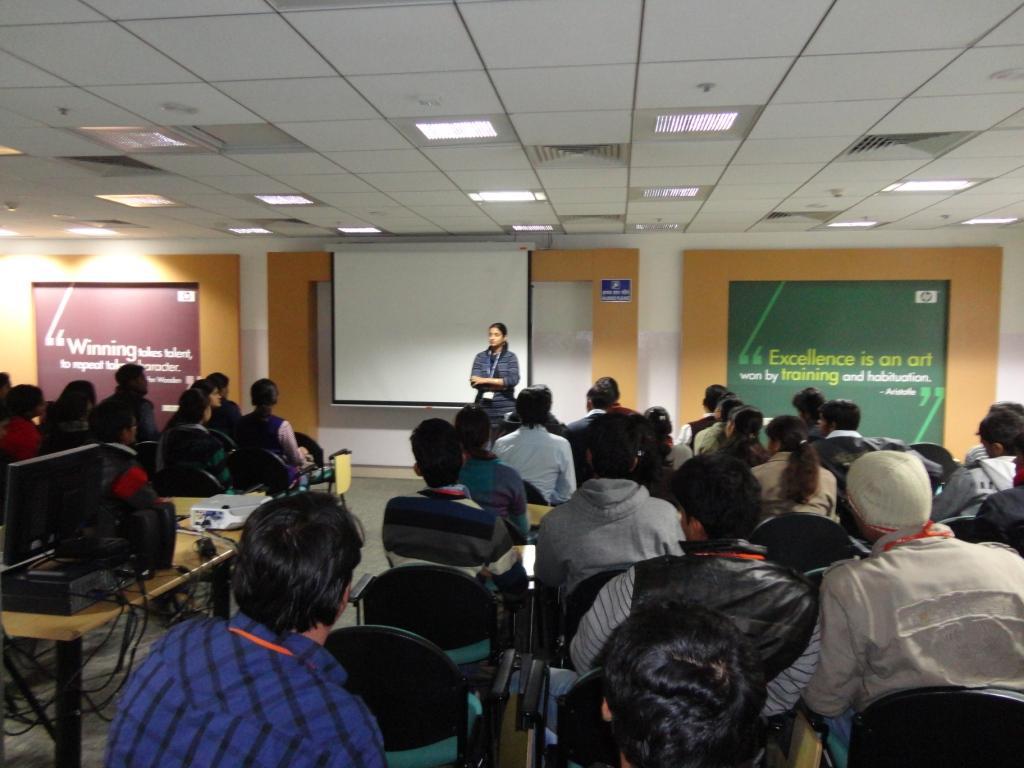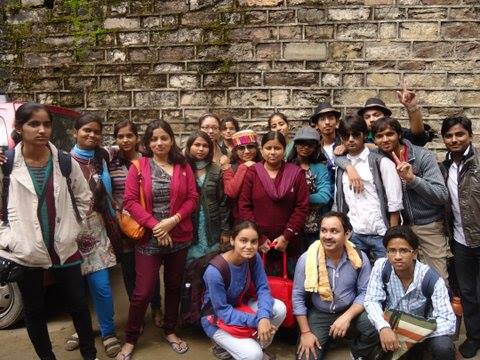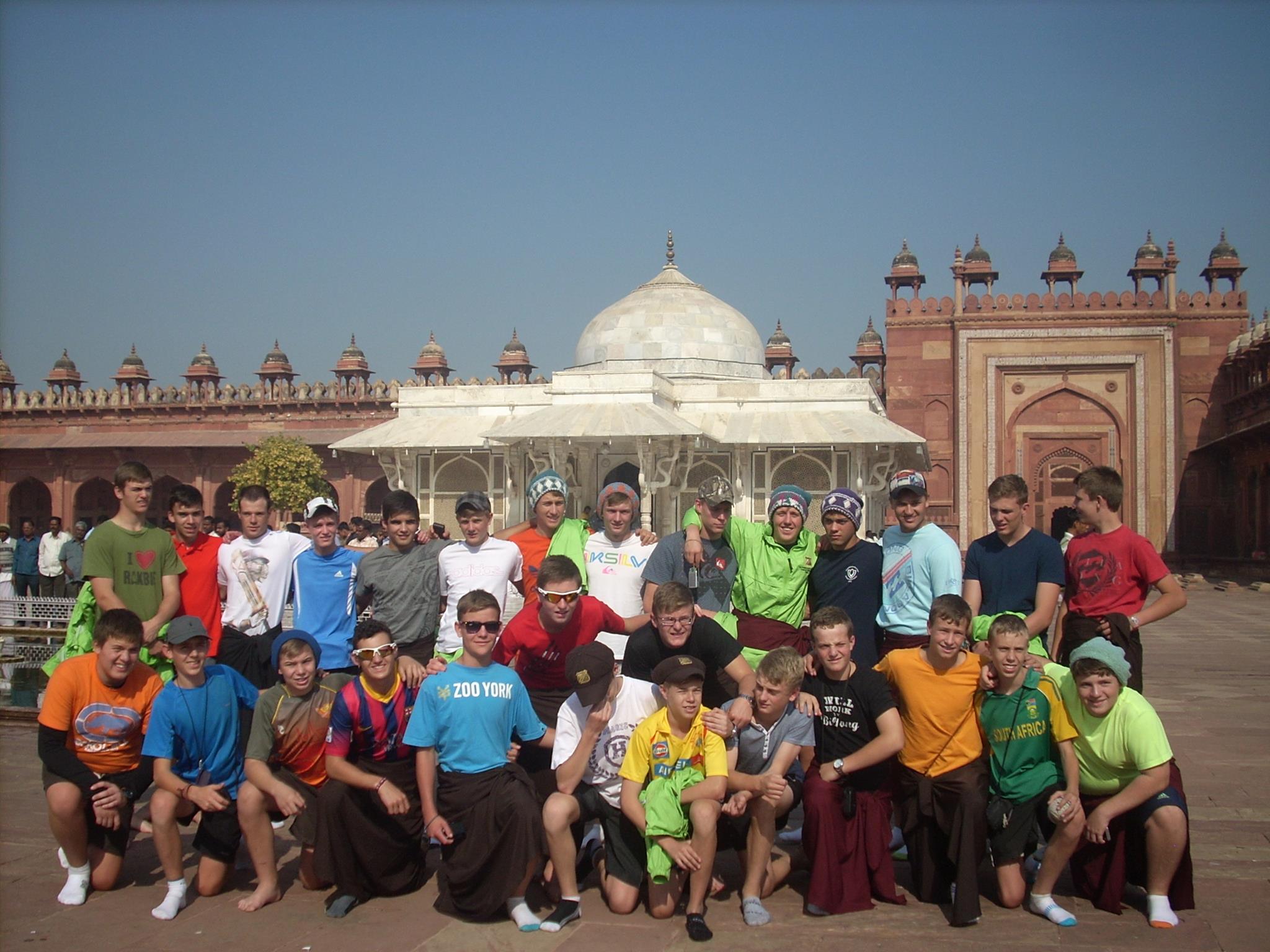Demography: Kalimpong is a small town located in the Indian state of West Bengal. It is situated in the Darjeeling district and has a diverse population comprising various ethnic groups, including Nepali, Lepcha, Bhutia, and Tibetan communities.
History: Kalimpong has a rich history dating back to the 17th century when it was a part of the Bhutanese Kingdom. Later, it came under the control of the Sikkim Kingdom and then the British East India Company. The town served as an important trading post on the ancient Silk Route and was a hub for trade between Tibet, Bhutan, and India.
Geography: Situated at an altitude of around 1,250 meters (4,100 feet), Kalimpong is nestled in the Eastern Himalayas. It is surrounded by lush green hills, deep valleys, and meandering rivers. The Teesta River flows through the region, adding to its scenic beauty.
Climate: Kalimpong experiences a moderate climate throughout the year. Summers (March to June) are pleasant, with temperatures ranging from 15°C to 25°C (59°F to 77°F). Winters (December to February) are chilly, with temperatures dropping to around 5°C to 10°C (41°F to 50°F). The monsoon season (July to September) brings heavy rainfall to the region.
How to Reach: By Air: The nearest airport to Kalimpong is Bagdogra Airport, which is located approximately 80 kilometers away. From the airport, you can hire a taxi or take a shared cab to reach Kalimpong.
By Train: The nearest major railway station is New Jalpaiguri Railway Station (NJP) near Siliguri. From NJP, you can hire a taxi or take a shared cab to reach Kalimpong.
By Road: Kalimpong is well-connected by road to major cities in West Bengal and neighboring states. Regular bus services and private taxis are available from nearby towns and cities.
Attractions: Kalimpong offers a serene and picturesque environment, making it a popular tourist destination. Some of the key attractions in Kalimpong include:
Zang Dhok Palri Monastery: Also known as Durpin Monastery, it is a beautiful Buddhist monastery offering panoramic views of the surrounding hills.
Deolo Hill: The highest point in Kalimpong, Deolo Hill offers breathtaking views of the Kanchenjunga range and the town below.
Pine View Nursery: Known for its collection of rare cacti and orchids, this nursery is a must-visit for plant enthusiasts.
Kalimpong Arts and Crafts Centre: Explore the local art and craft scene, and purchase traditional handicrafts, paintings, and artifacts.
Nearby Attractions: Kalimpong is located close to several other popular tourist destinations in the region. Some of the nearby attractions include:
Darjeeling: Famous for its tea gardens and the Darjeeling Himalayan Railway, Darjeeling is around 50 kilometers from Kalimpong.
Gangtok: The capital city of Sikkim, Gangtok offers stunning views of the Himalayas and is known for its monasteries, lakes, and adventure activities. It is approximately 75 kilometers from Kalimpong.
Lava and Loleygaon: These scenic villages are located in the Kalimpong district and are known for their natural beauty, trekking trails, and wildlife.
Kalimpong, with its natural beauty, rich history, and cultural heritage, offers a serene retreat in the lap of the
Himalayas. The town's tranquil ambiance, pleasant weather, and proximity to other popular destinations make it an ideal base for exploring the region.
Kalimpong is also known for its educational institutions, including prestigious schools and colleges. The town has a mix of traditional and modern architecture, with charming colonial-era buildings and contemporary structures.
The local cuisine of Kalimpong reflects the diverse cultural influences, with Tibetan, Nepali, and Indian flavors blending together. Don't miss out on trying traditional dishes like momos (dumplings), thukpa (noodle soup), and sel roti (fried rice dough).
For nature enthusiasts and adventure seekers, Kalimpong offers opportunities for hiking, trekking, and bird watching. The surrounding hills and forests are home to a variety of bird species, making it a paradise for bird lovers.
Overall, Kalimpong is a delightful destination that offers a mix of natural beauty, cultural heritage, and outdoor activities. Whether you're seeking tranquility, want to explore the local culture, or simply wish to soak in the breathtaking views of the Himalayas, Kalimpong has something to offer for everyone.
